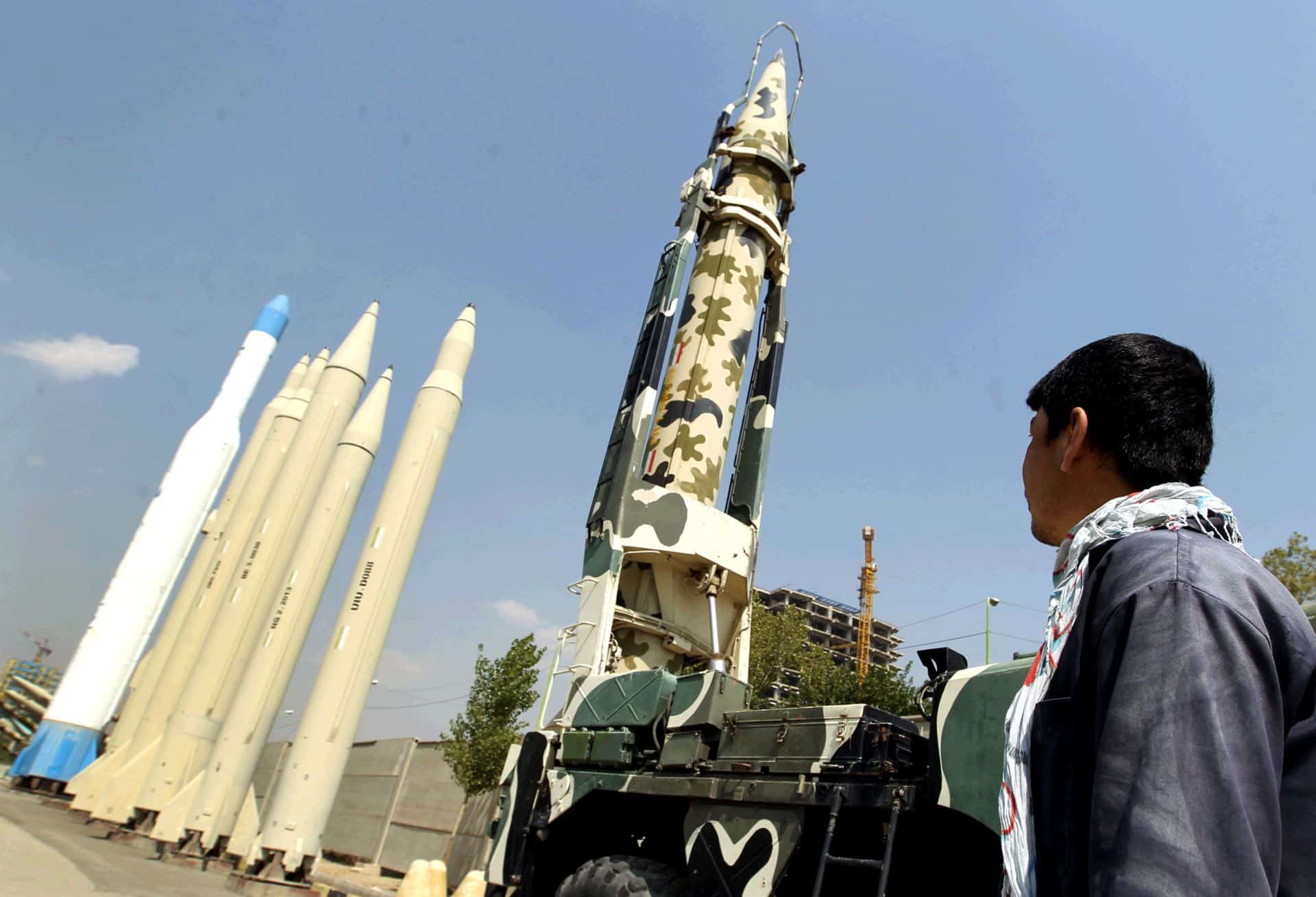, BRUSSELS, Belgium: AGS Industries GmbH has submitted its programme proposal for the NATO Alliance Ground Surveillance programme in response to a Request for Proposal received from NATO last May.
The response confirms the EUR 3.3 billion procurement cost ceiling for a NATO AGS core capability and now places the programme start as an agenda item for action at the upcoming Conference of National Armament Directors (CNAD) meeting at the end of this month.
“Our proposal is fully compliant with the NATO AGS requirements,” said AGS-I CEO and Managing Director, Larry Harrell. “In addition, we've lowered the overall programme risk and cost. It is fully executable, affordable and will achieve all of our industrial participation objectives. NATO commanders will be pleased to see that the operational capabilities of the system are assured. We are confident that CNAD is now in a position to make positive decisions to start the Design and Development (D&D) phase.”
The major objective of the AGS-I Design and Development proposal is to achieve full design maturity for the AGS system to include the conversion of the Airbus A321 into a high performance mission aircraft. Another key factor is including the Transatlantic Cooperative AGS Radar (TCAR) development programme, which is making strong progress. The use of TCAR is a significant step towards transatlantic technology sharing and represents a major contribution to the overall programme.
TCAR is a high-performance side-looking, wide area multi-mode ground surveillance sensor developed under agreement between France, Germany, Italy, the Netherlands, Spain, and the United States. It is being cooperatively developed by the leading national radar manufacturers from both sides of the Atlantic, leveraging American and European technologies from existing programmes. It is important to continue this large radar development programme in order to ensure national access to this transformational technology.
In focusing on reducing programme cost, risks and using existing systems to the benefit of the entire Alliance, one element of this effort includes the “off-the-shelf” RQ-4 Global Hawk unmanned aircraft which is already combat-proven in military operations and will be equipped with the Multi-Platform Radar Technology Insertion Program (MP-RTIP) sensor. The Global Hawk MP-RTIP sensor has just started a rigorous year-long flight test program. The cost-saving measures also include reducing the number of unmanned platforms from five to four, limiting the number of ground stations and additional system-wide reductions.
In addressing cost benefits, Harrell said: “Our efforts on the D&D proposal place both industry and NATO in a position to proceed with the programme and shorten the overall time to full operational capability by almost a year.”
The NATO AGS system will provide situational awareness through a shared common ground picture that will be available to NATO and national decision makers. The AGS mixed fleet of manned and unmanned platforms will provide the Alliance with a core component for the NATO Response Force, providing a critical capability designed to meet its Intelligence, Surveillance and Reconnaissance and Command and Control requirements for the 21st century. The mixed fleet solution will also support a variety of new mission requirements for NATO including crisis management, nation building, homeland security and humanitarian relief.
AGS Industries GmbH, registered in Germany with principal office in Brussels, is the prime contractor for the NATO AGS program. A joint venture company between the European Aeronautic Defence and Space Company (EADS), Galileo Avionica, General Dynamics Canada, Indra, Northrop Grumman Corporation, and Thales, AGS-I provides management direction and support to member companies and industrial partners throughout NATO member states on both sides of the Atlantic.
US-China trade war surges, overshadowing Trump climbdown
The US-China trade war intensified Thursday, sending the global economy into unknown territory and dampening relief after President Donald Trump's...









